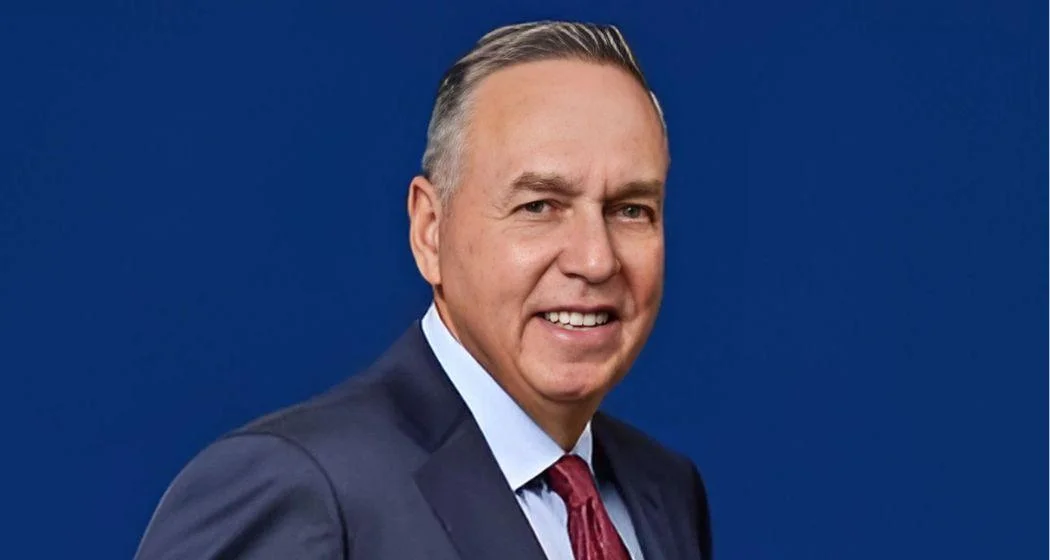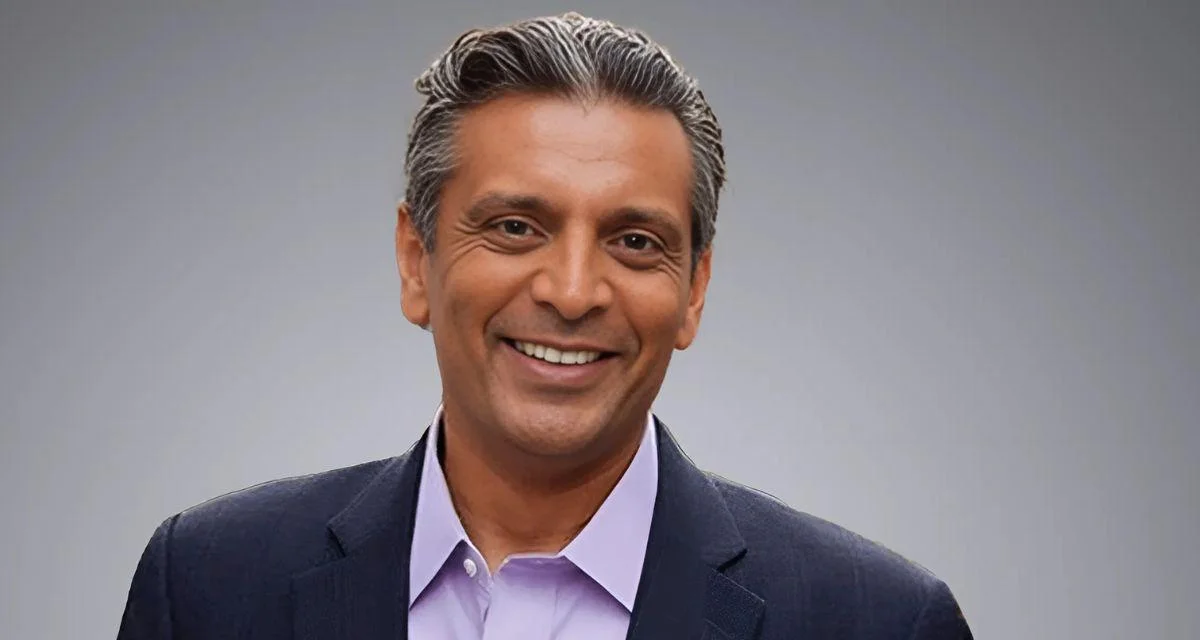The differences between helicopter and fixed-wing pilots start pre-training. Fixed-wing pilots may earn more than helicopter pilots post-training. Helicopters are more skill-intensive and have lower safety records than fixed-wing aircraft. Helicopter pilots might experience some of the most scenic views as they fly inside national parks, mountainous regions, and other destinations for sightseeing. However, not everyone is drawn to this profession, with some perceiving it as riskier than operating fixed-wing aircraft. There are also differences in training to become a helicopter pilot versus a fixed-wing pilot and in the returns pilots get after investing in such a career.
The differences begin before training to become a pilot and continue afterward. Prospective pilots must carefully evaluate the costs of training alongside job prospects in either helicopters or fixed-wing aircraft. In some countries, like Nepal, there is limited scope for helicopter pilots compared to a booming fixed-wing sector.
Moti Ram Itani, director of a Part 147 school in Nepal with extensive experience counseling students about piloting studies, said: “Training to become a pilot, especially for an aspirant in Nepal, is unbelievably expensive - especially if you consider the GDP of the nation. So, a person looking to become a pilot in Nepal must carefully examine their job prospects. For some reason, we have not been able to expand the aviation sector of Nepal as much as we would have liked. Yes, the helicopter industry is growing, most notably in the Everest region. Despite it all, becoming a helicopter pilot (or an airline pilot, for that matter) in Nepal is quite challenging. Given the expenses of becoming a helicopter pilot and the various hurdles you need to overcome before securing a job in the aviation sector of this nation, I would ask any aspiring pilot to weigh these factors before deciding.”
 Alerts Sign-up
Alerts Sign-up



































